Serbia "takes measures against false asylum-seekers"
Serbia has implemented several measures to counter the departure of false asylum-seekers to the EU and improvement of the position of immigrants in the country.
Friday, 25.01.2013.
18:57

BELGRADE Serbia has implemented several measures to counter the departure of false asylum-seekers to the EU and improvement of the position of immigrants in the country. This is according to Director of the Serbian government Office of Human and Minority Rights Dusan Ignjatovic, who spoke on Friday. Serbia "takes measures against false asylum-seekers" Monitoring on border crossings has been intensified and the citizens' access to information on the rights envisaged in visa liberalisation and tightening of the criteria for obtaining asylum permissions in EU countries has improved, Ignjatovic said. The law introduced a new criminal offence of abuse of the non-visa regime and seekers denied asylum have the right to accommodation in reception centres. In addition to short-term measures, the state is implementing long-term measures for social and economic integration of returnees, Ignjatovic said at the conference on asylum and readmission in Serbia which was organised by NGO Group 484. At the same time, Serbia allocated the funds from the budget for improving immigrants' position and a part of the funds was obtained through grants by Western European countries, especially the Scandinavian states. Serbia has drawn up the list of safe third countries and the government is thus refusing a majority of asylum applications, but recently several requests were granted, Ignjatovic said. According to the report of Group 484, in the first six months of 2012, 974 immigrants noted that they would seek asylum in Serbia. Most of the asylum-seekers come from Afghanistan, Algeria, Pakistan, Morocco, Somalia and Palestine, and some came from Syria. Among the asylum-seekers, there were 176 unescorted minors. According to the UNHCR data, Serbian citizens filed 28,900 asylum applications in 2010 and Serbia thus topped the list of 44 countries according to this parameter. During 2010, around 1,600 Serbian citizens were made to return via Belgrade's Nikola Tesla Airport, and in the period from January to October 2011, 1,315 false asylum-seekers were returned, most of them Roma. A majority of asylum-seekers were returned to Serbia by buses, which is why there are no definite records as to the number of those returned. (Beta, file) Tanjug
Serbia "takes measures against false asylum-seekers"
Monitoring on border crossings has been intensified and the citizens' access to information on the rights envisaged in visa liberalisation and tightening of the criteria for obtaining asylum permissions in EU countries has improved, Ignjatović said.The law introduced a new criminal offence of abuse of the non-visa regime and seekers denied asylum have the right to accommodation in reception centres.
In addition to short-term measures, the state is implementing long-term measures for social and economic integration of returnees, Ignjatović said at the conference on asylum and readmission in Serbia which was organised by NGO Group 484.
At the same time, Serbia allocated the funds from the budget for improving immigrants' position and a part of the funds was obtained through grants by Western European countries, especially the Scandinavian states.
Serbia has drawn up the list of safe third countries and the government is thus refusing a majority of asylum applications, but recently several requests were granted, Ignjatović said.
According to the report of Group 484, in the first six months of 2012, 974 immigrants noted that they would seek asylum in Serbia.
Most of the asylum-seekers come from Afghanistan, Algeria, Pakistan, Morocco, Somalia and Palestine, and some came from Syria.
Among the asylum-seekers, there were 176 unescorted minors.
According to the UNHCR data, Serbian citizens filed 28,900 asylum applications in 2010 and Serbia thus topped the list of 44 countries according to this parameter.
During 2010, around 1,600 Serbian citizens were made to return via Belgrade's Nikola Tesla Airport, and in the period from January to October 2011, 1,315 false asylum-seekers were returned, most of them Roma.
A majority of asylum-seekers were returned to Serbia by buses, which is why there are no definite records as to the number of those returned.


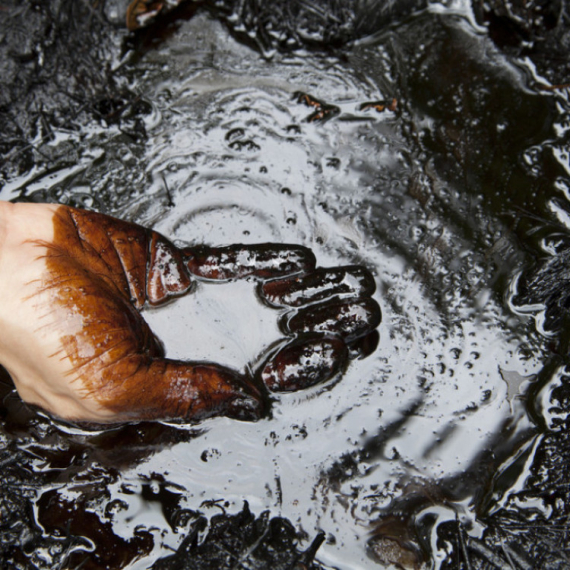
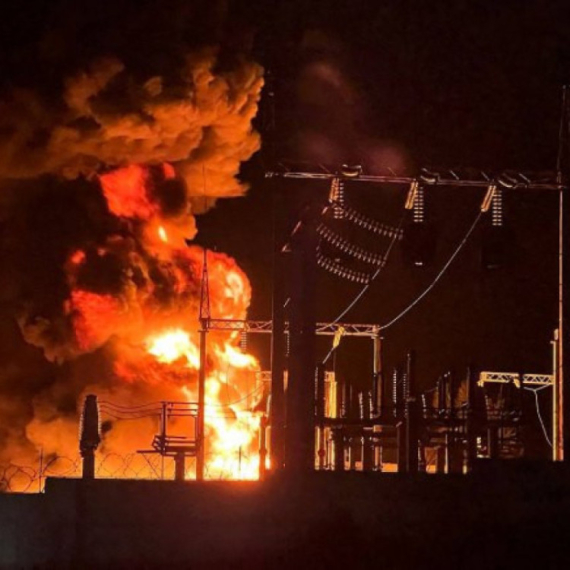
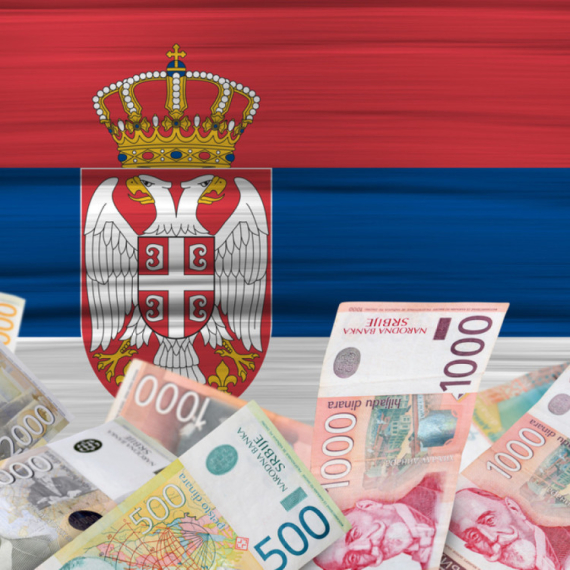
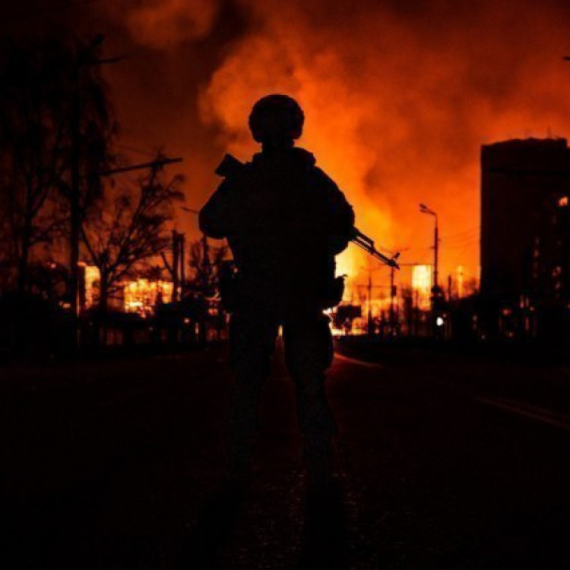
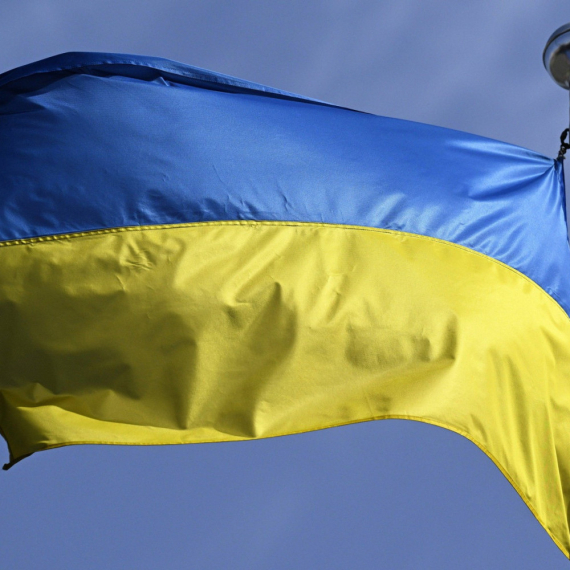





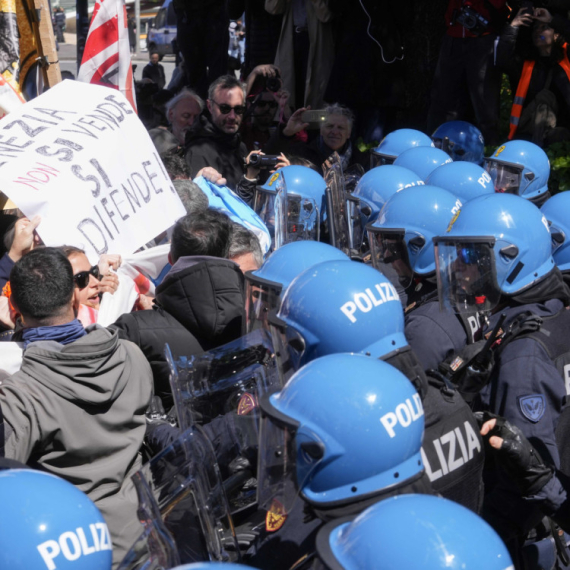
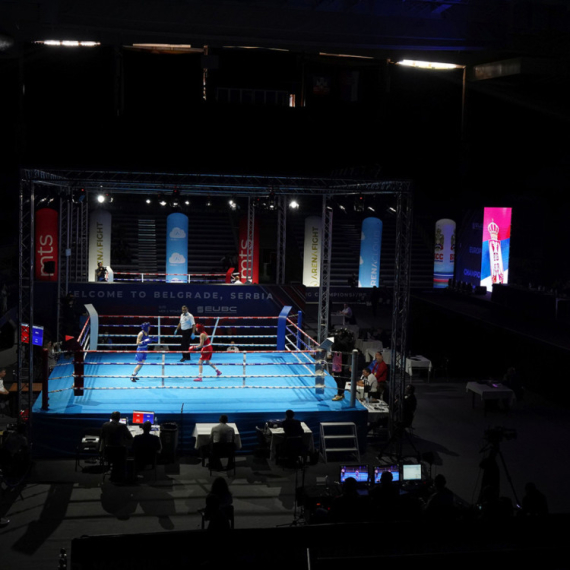
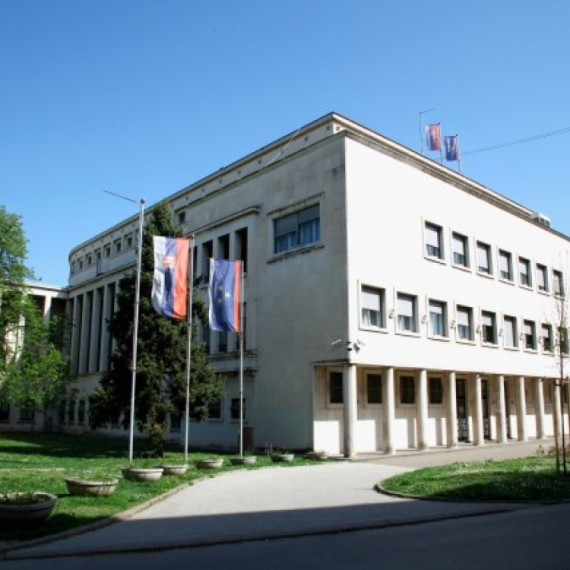
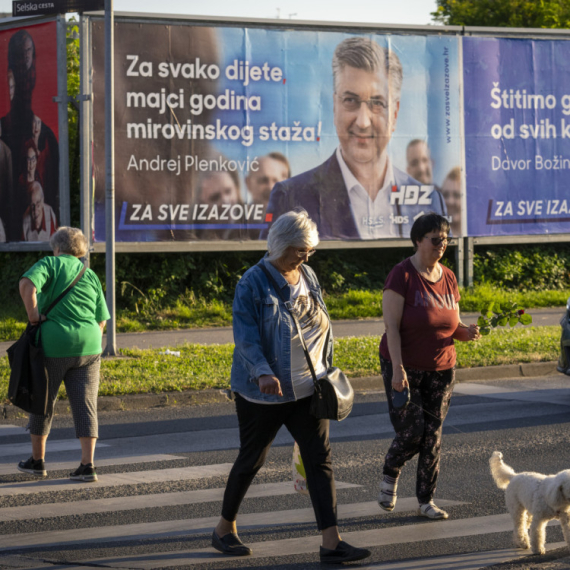
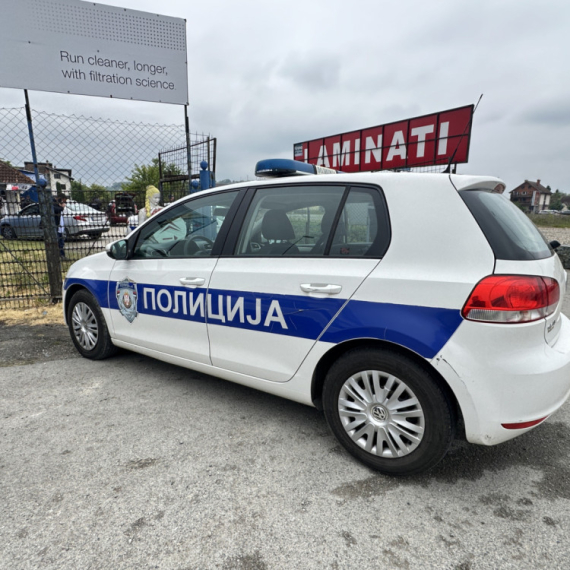

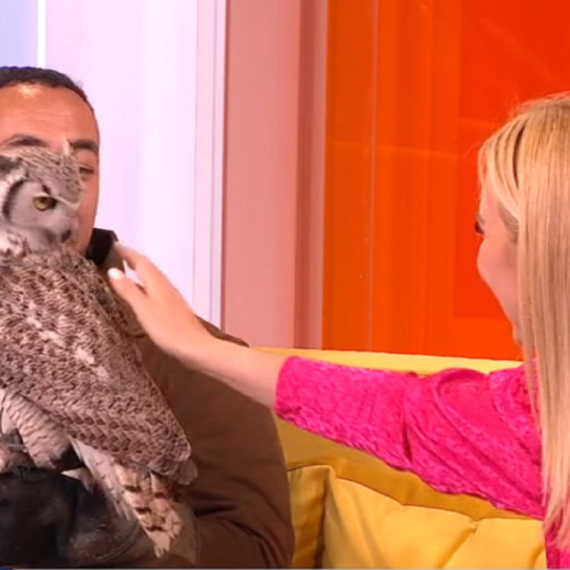

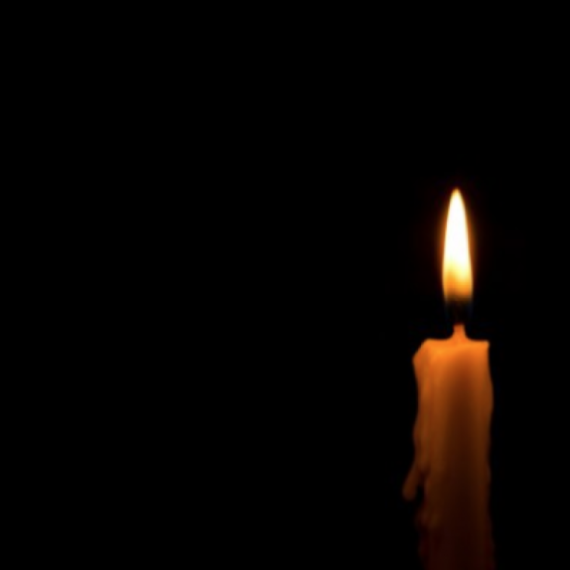
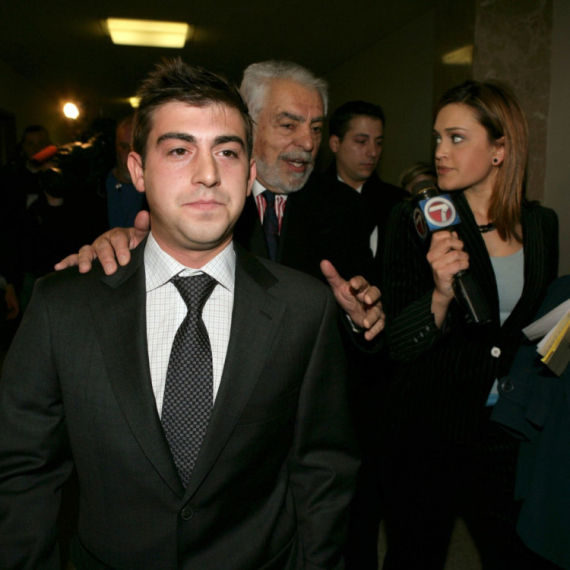









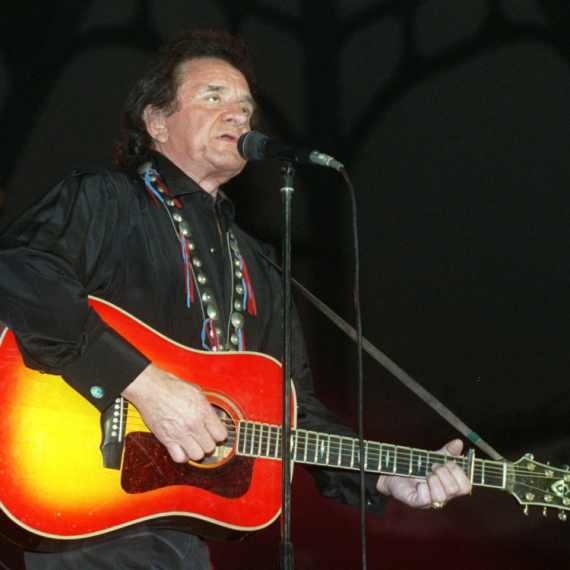
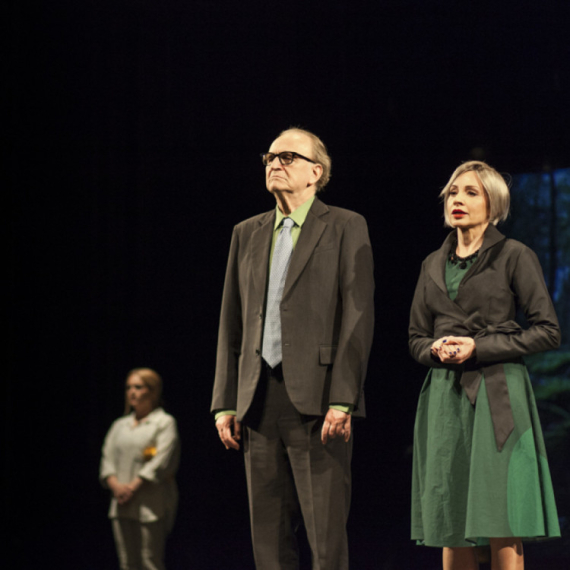





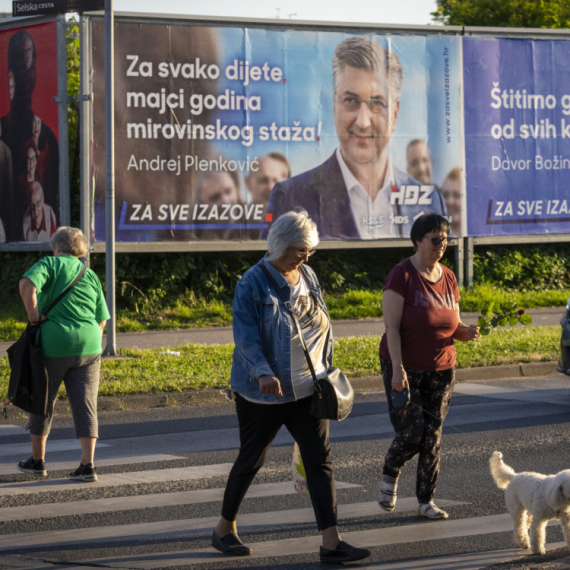
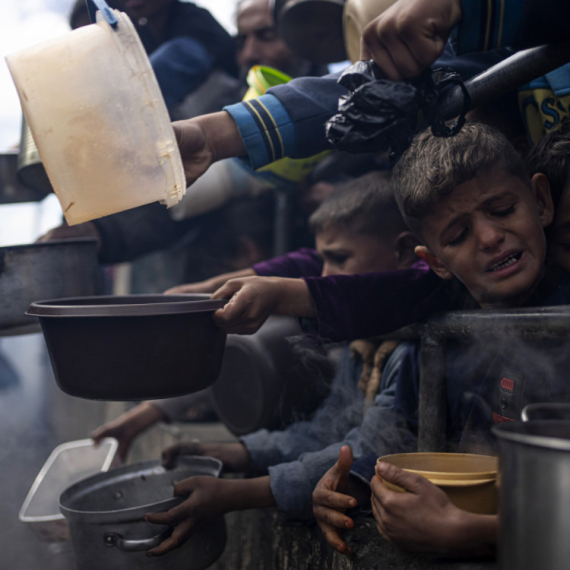
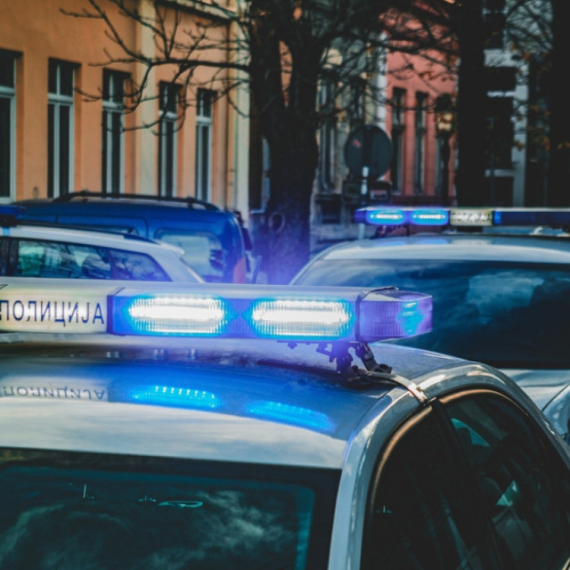

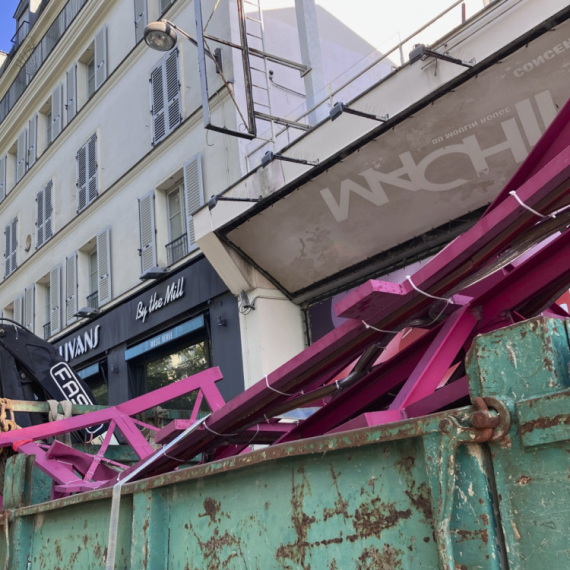
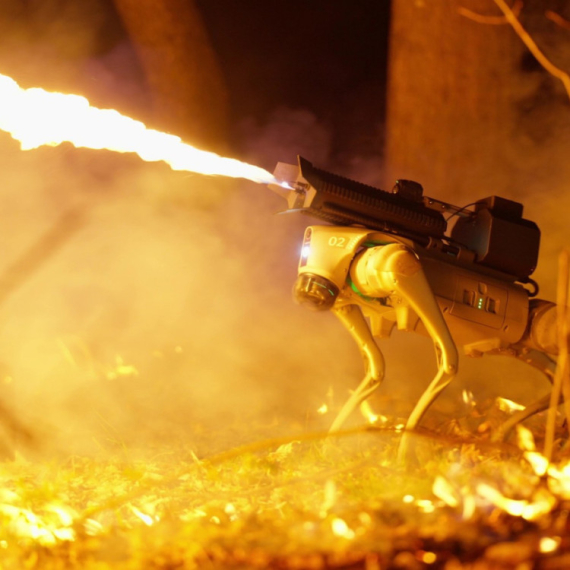






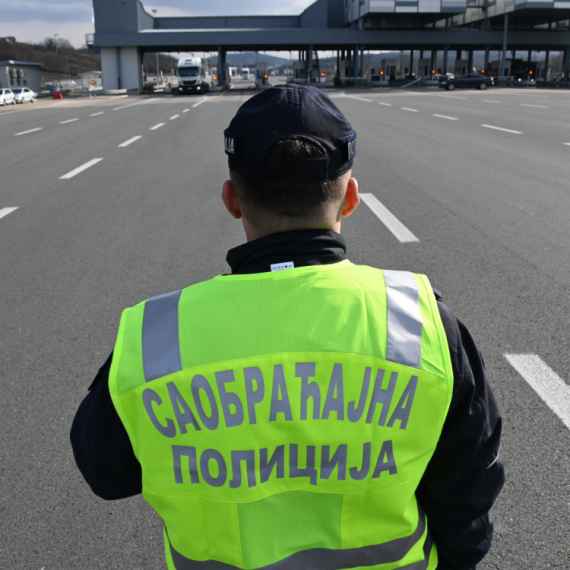
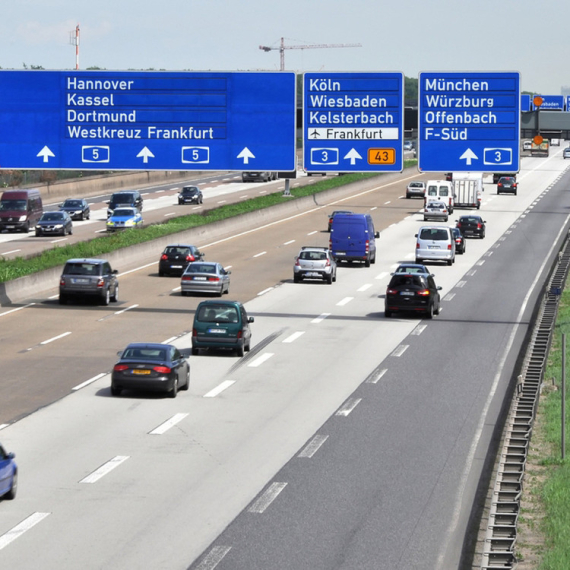

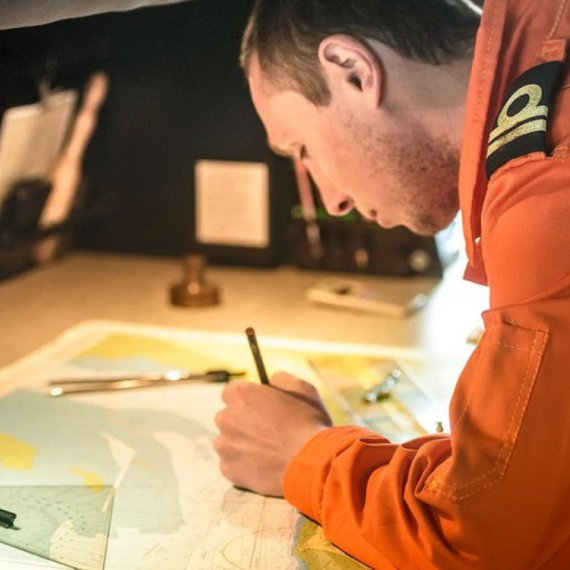
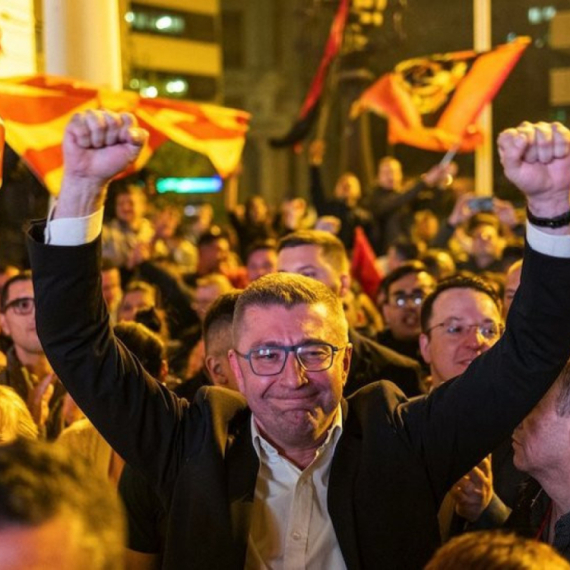
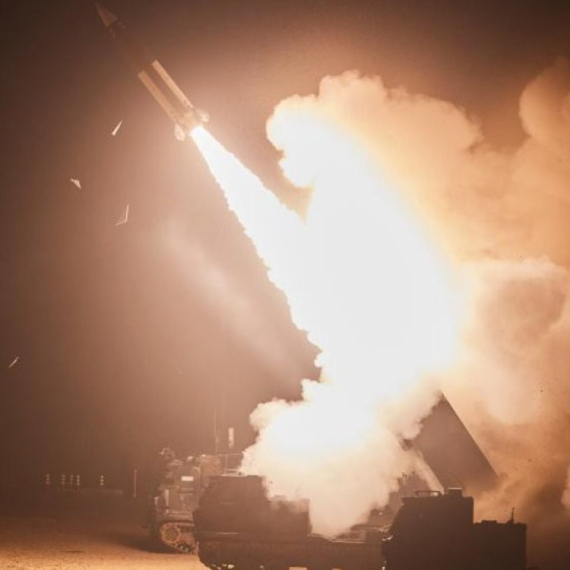

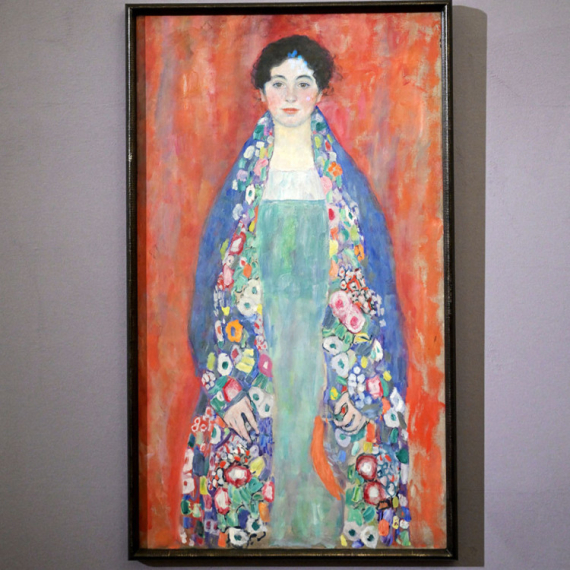

Komentari 0